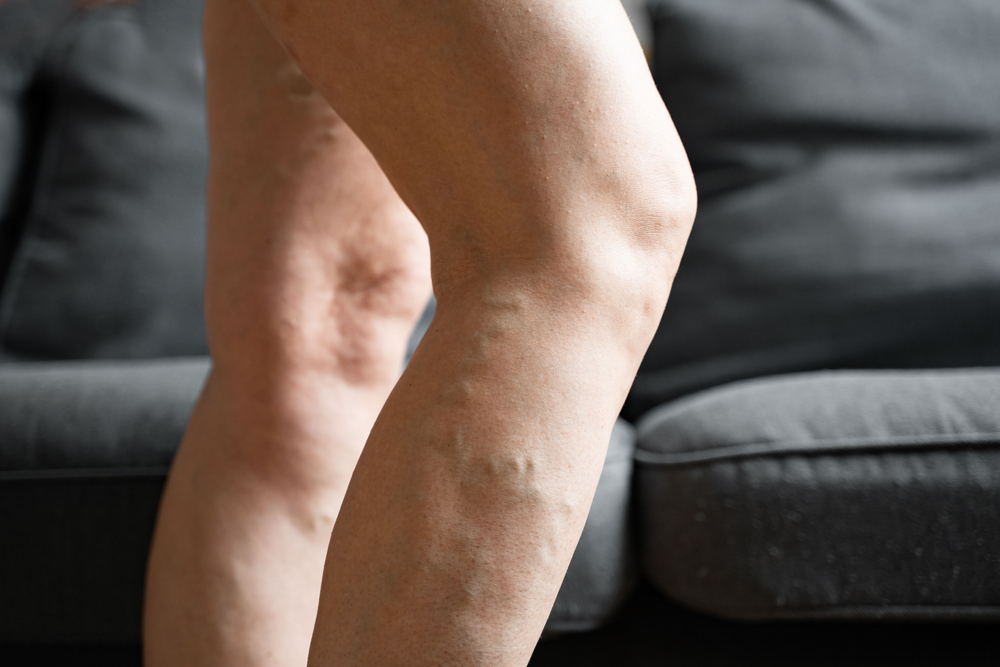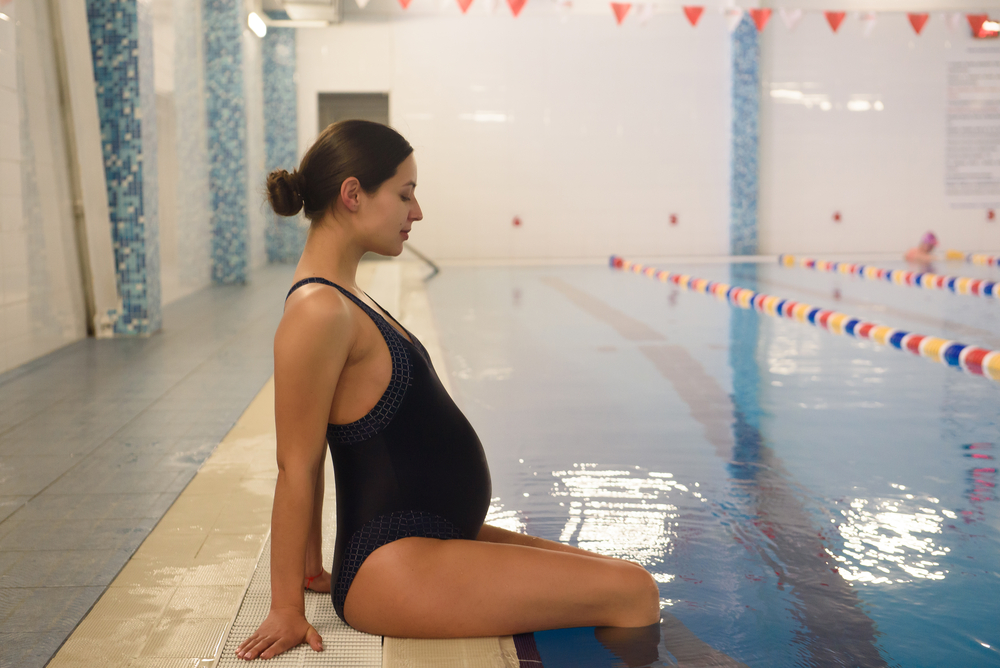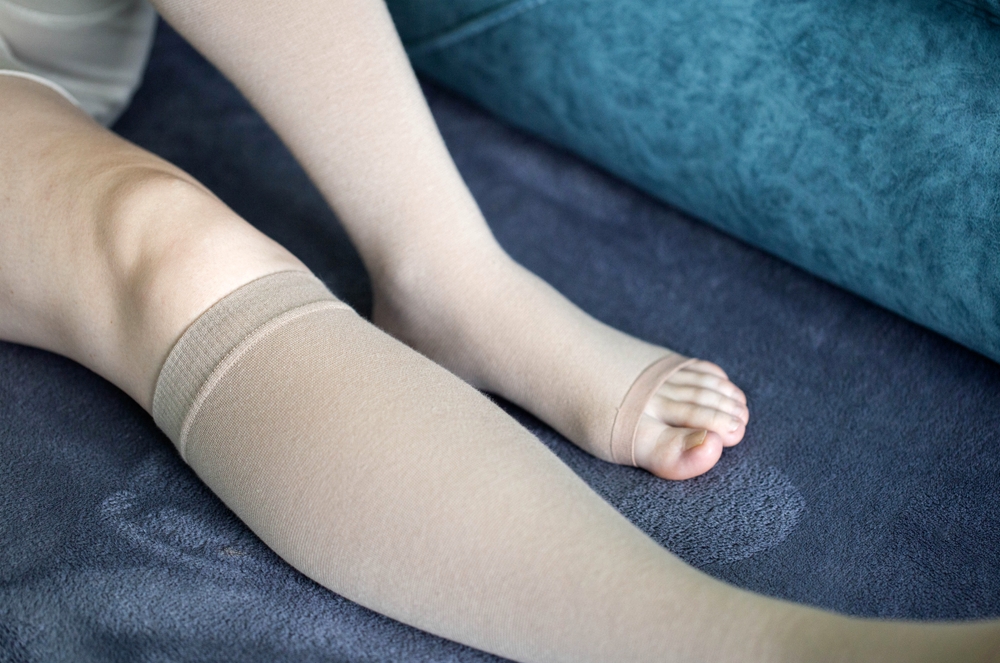Pregnancy is a transformative and beautiful experience for many women but it can also bring about some physical discomfort. One common condition that affects many women is varicose veins in pregnancy.

Varicose veins are swollen and twisted veins usually in the legs and can be both uncomfortable and affect self-esteem.
Some causes and ways to manage varicose veins in pregnancy
- Increased blood volume: During pregnancy, a woman’s body changes to support the growing baby. One of these changes is an increase in blood volume. The extra blood puts more pressure on the veins, especially in the lower body. As the pressure in the veins builds, the walls of the veins can stretch and weaken. This weakening can cause the valves not to function properly. When the valves do not close properly, blood can flow backward and gather in the veins. This shows in the bulging and twisting we see of varicose veins.
- Hormonal changes: Hormonal changes play a key role in pregnancy and they can also add to the development of varicose veins. The hormone progesterone, which helps relax the smooth muscles of the uterus, also relaxes the walls of the blood vessels. This relaxation can cause the veins to stretch and weaken, making them more prone to varicose veins.
- Increased pressure on the veins: As the uterus expands, it puts pressure on the large vein on the right side of the body, called the inferior vena cava. This can hinder the normal flow of blood from the legs back to the heart and lead to varicose veins.
- Genetics: Some women may develop varicose veins because they are hereditary. Pregnancy can increase this risk. If you have a family history of varicose veins, your likelihood of developing them during pregnancy is higher.
- Less exercise and activity: Not moving or lots of standing can also mean you might develop varicose veins in pregnancy. Regular exercise helps improve blood circulation and prevents blood from pooling in the veins.
How to manage and help prevent varicose veins
Exercise regularly and avoiding long times sitting or standing can help prevent or manage varicose veins in pregnancy. If your job means long periods of sitting or standing, try to take breaks and move around to avoid too much pressure on your legs.

Wear compression stockings: Compression stockings or maternity support hose can support the veins in your legs. These stockings help improve blood flow and prevent blood from pooling in the legs, reducing the likelihood of varicose veins. Not all compression stockings do provide enough compression to help blood return up the leg though, so it is important to get advice. Ask us for an appointment to talk about your symptoms, measure your legs and size your stockings.

Many of the symptoms of varicose veins go away after pregnancy. However, that is not the case for everyone. If you still have varicose veins and you have achy, heavy legs with veins you can see, treatment might be needed.
Can you breast feed after treatment?
VenaSeal is a safe, effective treatment with little down time. Some women are able to be treated while breast feeding, with 24 hours needed between treatment and the next feed. Talk to our specialist vascular nurse about breast feeding after treatment.


